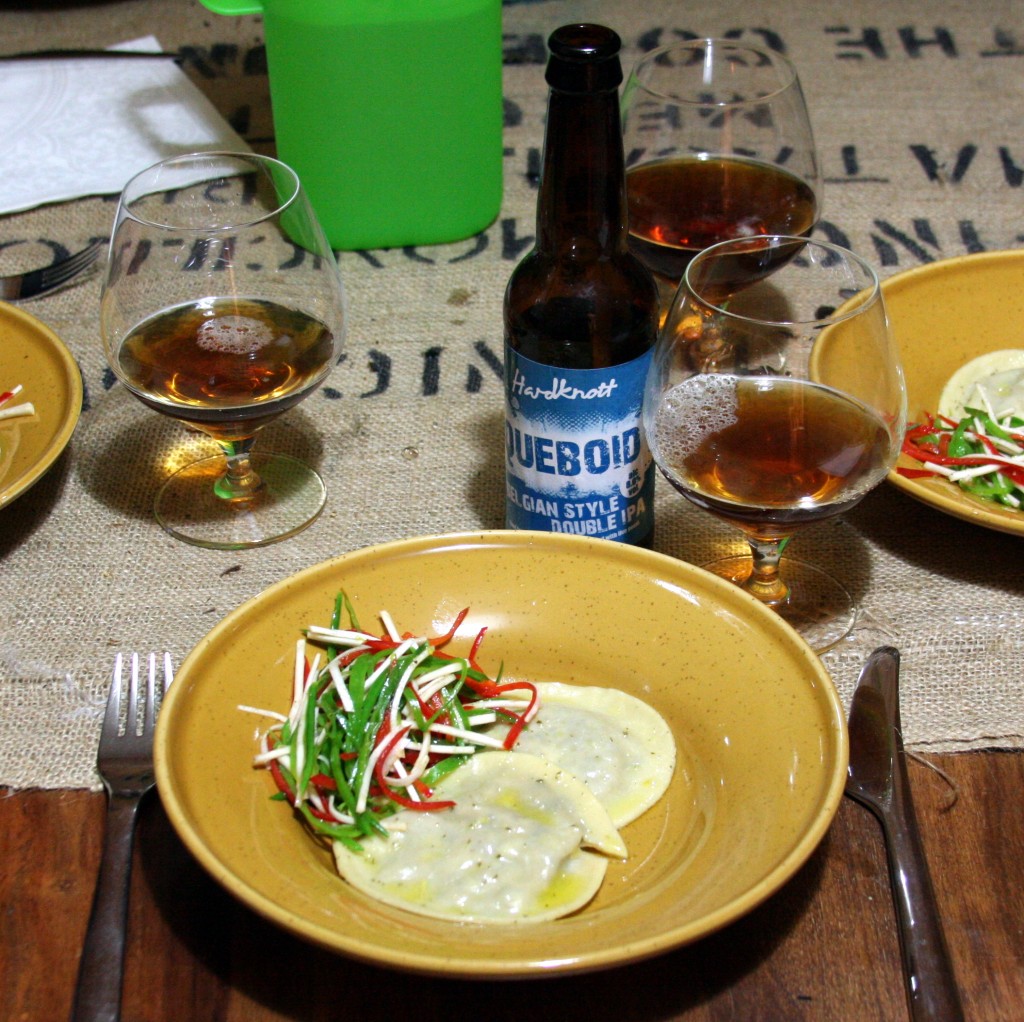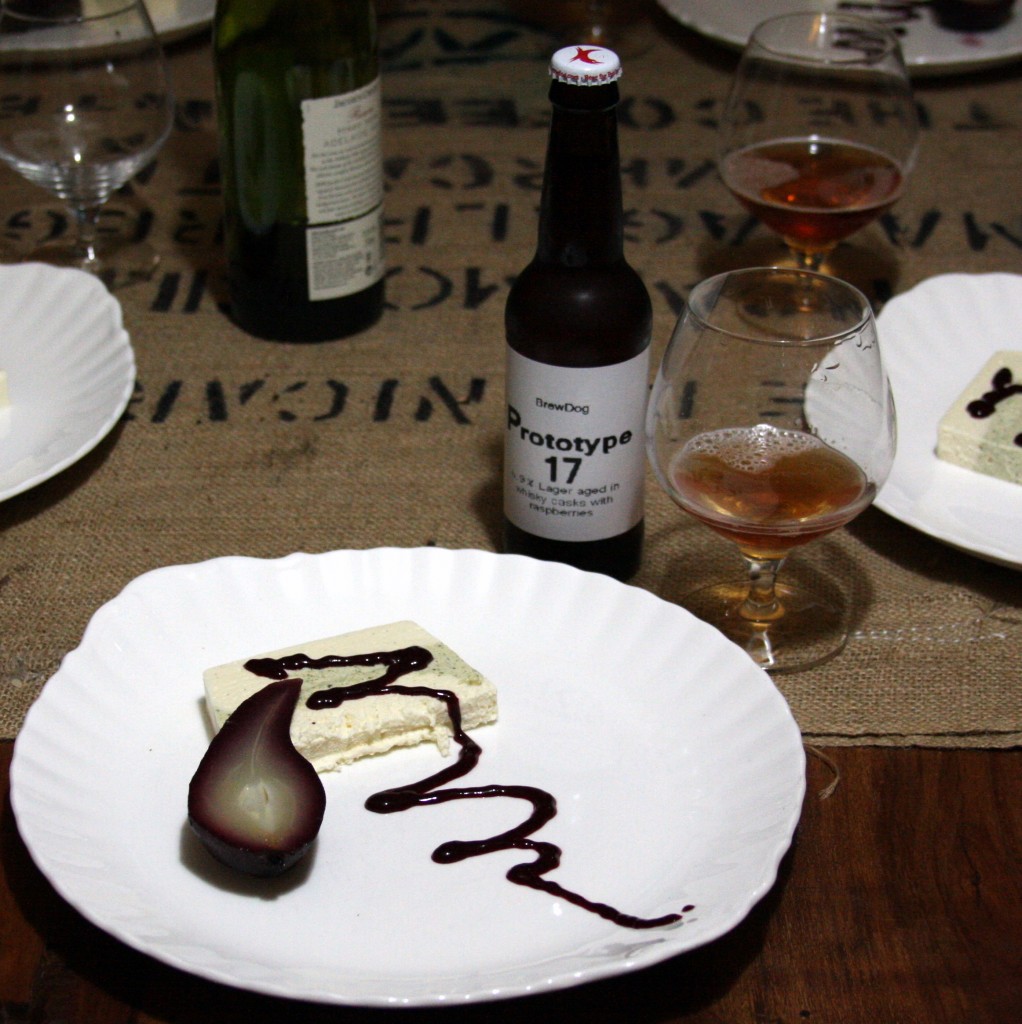I’m not into “best of” lists, or “year in retrospect” types of things. Don’t read them, don’t write them. Perhaps it’s just laziness? I’m not even going to bother with highlights (oh, there were some though. There were indeed!)… instead I’ll look to the future.
Write More
I like writing, I’d like to write more, “practice makes perfect” they say. (Not that practice is any use without someone telling you off when you fuck up, but oh well.) Writing doesn’t come naturally to me alas and a single blog post can easily become an entire day’s work, sometimes two days. Over time my blogging (on various matters) waxes and wanes under pressures of time & work and droughts of enthusiasm & inspiration.
I suspect this is a common thread amongst blogging hobbyist’s NYE resolutions: generate more content. It’s fun and rewarding to do so because it’s just another way to explore your passion for something (it doesn’t really matter if nobody reads it either, though it is nice if they do of course). Writing clarifies your thoughts on a topic I find, writing down a recipe leads to repeatability and from there to tweaks and improvements. Writing about good experiences with beer or beery places sets them in your minds and acts as a humble thank-you in the direction of the objects of your worship. When I fail to write about something I’ve loved I actually feel bad about it, as if I’ve not shown it the appreciation it truly deserves. I’ve not properly committed to its celebration.
The rest of my points are basically about how to write more…
Cook More
OK, I probably cook A LOT more than your typical modern 1st-worlder. I’m lucky, my upbringing in restaurants seems to have bestowed on me some natural instinct in the kitchen — much that others find daunting I look at as being sort of simple (most things are, you just need to try them out…) By no means am I a chef, and I doubt I could cut the mustard as a commercial cook, but I have the abilities and confidence to be creative and run off-piste in the kitchen. Sometimes I think the results are stunning, sometimes pretty terrible, and from time to time I end up with something inedible (very rare, thankfully!)
I need to set myself some tasks and goals. The River Cottage “Three Good Things” challenge was great for forcing me to sit down and think about cooking with beer. The important added factor is the need to document the recipe properly in both words and pictures. A recipe per week for 5 weeks is a little on the heavy side, but I think coming up with some sort of “series” ideas with monthly deadlines could be a useful tool.
This blog is supposed to combine my love of cooking and my love of beer, this really should be the focus!
Drink Less
… wait, what?!
I think I drink a bit too much beer. I don’t think drinking is bad. However it is easy to fall into unhealthy habits and it is difficult to balance a having-a-drink-every-night lifestyle with an appropriate amount of exercise when you’re an office desk-jockey. Drinking does really slow down my ability to be creative too, after a couple of beers it is very easy to just say “fuck it, I can’t be arsed”. It is much easier to write with a clear head, and much easier to maintain a good schedule if you don’t go to bed past midnight, sleep like crap, and thus sleep in every morning. I used to get up at 6AM regularly, these days I’m lucky to be up by 8AM.
I do try repeatedly to drink less, but I always slip back into bad habits. I’ll keep trying, maybe I’ll eventually regain the necessary discipline.
On new year’s day I’m taping up all boxes of beer in my house and not opening them until February. January 2013 will be alcohol-free. I hope…
Get Out More
I’ve become too much of a home-drinker, I ought to travel around a bit more and appreciate different places. Simple as that. There are many place in the UK I haven’t visited, I need to start seeing new places and go back to familiar & comfortable ones a little less. Sheffield, Leeds, York – I’ve never drunk in any of these cities, all well known for their beer scenes. A trip or two outside of the UK could be nice too… Italy has growing “craft beer” credentials, we’ve still never visited Eastern Europe, and there is the US too.
This includes pushing the beer-and-food agenda too, I need to visit more restaurants and hassle them for having crap beer. Also fitting in a few high-end places would be fun (but in moderation due to the cost), our recent L’enclume dinner was an excellent experience and I managed to fit in some beer advocacy too. ;)
Relax…
I’m too stressed out all the time, for no good reason. Time to relax and look to the future more, so I leave you with beer-related things I’m really looking forward to in 2013:
- IndyManBeerCon 2013 — 2012 was amazing, 2013 has high standards to live up to! It is back in the same venue so it really ought to improve, building upon the 2012 experience.
- Wild Beers — sours, lambics, saisons, farmhouse ales: whatever you call them the future looks interesting for these forms of beer in the UK. I love them and would love to see more “home grown” options in this sphere. From all I hear and echos in the industry it seems that 2013 may be the year the wilder side of the UK beer scene makes more of a showing. There is also, of course, the Wild Beer Co itself.
- Craft Beer in Cambridge — c’mon, it’s gotta happen! Cambridge is small, but it is hipster and affluent. There must be a market here worthy of the likes of Craft, Tap, or BrewDog. If I had enough cash in the bank I’d do it myself because I’m sure it would be a business winner. I hope I’m not wrong.
- Meeting more amazing people — after the beer the second best thing about the UK’s developing beer scene is the people. Sure, there are grumbles and disagreements from time to time and certainly some mildly opposing factions out there. However, nearly every individual beer nerd I’ve met, of all ages and factions, is a genuinely great person. I think it is probably difficult to find someone who has both the capacity to care and be passionate about beer and also be, as an individual, a total cock. (There are a few around who’re purely business with an interested in beer derived only from profit margins, mostly these people are total cocks. Profits are essential, and important of course … but are not everything.)
2013… bring it on.





